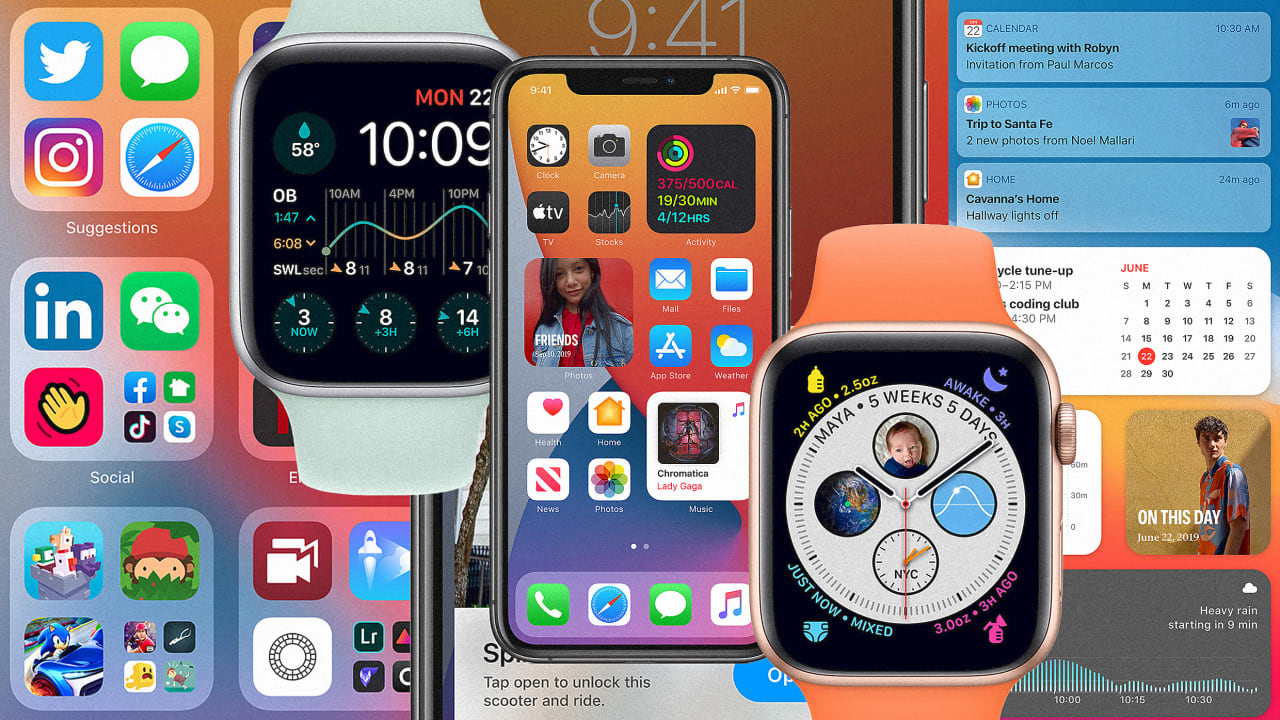
Mark the year: 2020. That was the year when Apple decided to crowdsource its design. advertisement advertisement At Apple’s largest event of the year, the Worldwide Developers Conference (WWDC) this week, the company revealed all sorts of big news. An iPhone can now translate French and unlock a BMW. Your Homekit doorbell can now identify who is standing at your porch—and beam that to your Apple TV. Perhaps most importantly, Macbooks and iPhones will soon have the same chips inside, as Apple has started transitioning its computers to its own silicon instead of Intel’s. Yet with all these new capabilities, Apple is inching away from the very design thesis upon which Steve Jobs founded the company: that technology should be reduced to its most essential components in order to reach the largest number of users. But Apple has found, as it has scaled to nearly every corner of the earth, that one size doesn’t fit all. And so Apple is giving users the ability to design their own interfaces. The irony is that Apple could have used this exact moment to unify its design and devices all over again. Instead, it’s handing that responsibility to every customer—and frankly, it’s a…